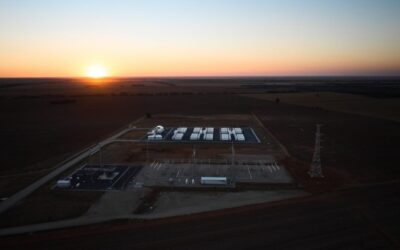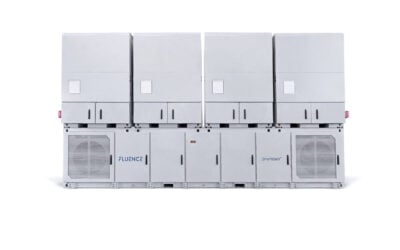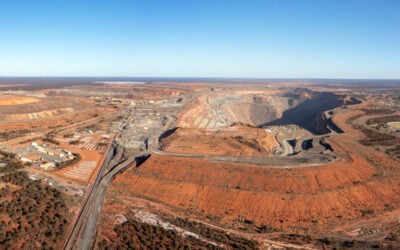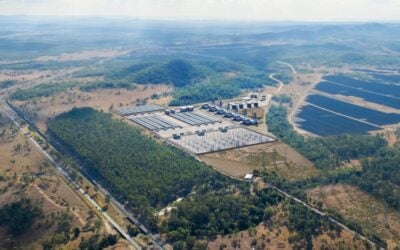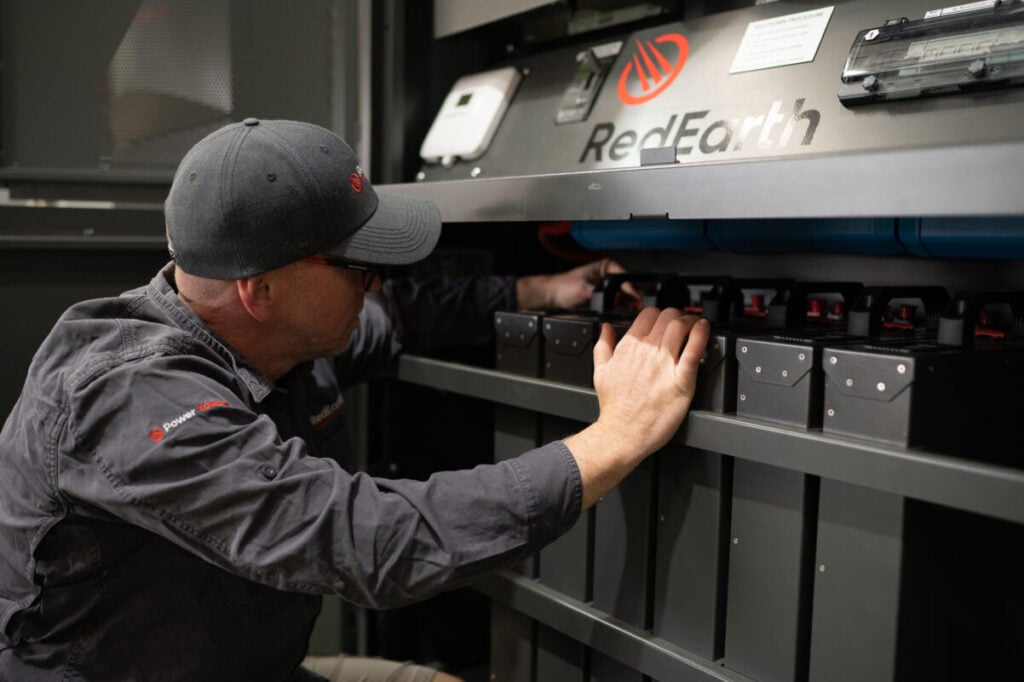
RedEarth Energy Storage, a Queensland-based energy storage solutions provider, has partnered with China’s Nebula Electronics and Germany’s ambibox to develop what it claims is the world’s first ‘Microgrid-in-a-Box’ (MIB).
The MIB solution combines solar PV, energy storage and bidirectional electric vehicle (EV) charging to enable “scalable and affordable” energy management.
A key component is incorporating vehicle-to-home (V2H) and vehicle-to-grid (V2G) technology into the MIB functionality to support its rollout. Homeowners would also help households provide grid services through market participation and trading.
The organisations said this participation could help reduce overall energy costs by up to 60%.
Try Premium for just $1
- Full premium access for the first month at only $1
- Converts to an annual rate after 30 days unless cancelled
- Cancel anytime during the trial period
Premium Benefits
- Expert industry analysis and interviews
- Digital access to PV Tech Power journal
- Exclusive event discounts
Or get the full Premium subscription right away
Or continue reading this article for free
For RedEarth, this new partnership is a natural evolution of its offerings. Late last year, the organisation partnered with DC EV charging firm ambibox to support the development of V2G technologies.
At the time, Charlie Walker, CEO and co-founder and Marc Sheldon, chief operating officer at RedEarth, told ESN Premium that Australia could secure 3-5GWh of vehicle-to-everything (V2X) bidirectional charging in one year.
Expanding this partnership to include Nebula Electronics will allow the MIB solution to be offered in Asia, Europe, and Oceania. RedEarth has confirmed that the first batches will be released in 2026 in China, Europe, Australia, and New Zealand, with plans to expand into additional regions in the future.
Under the terms of the agreement, ambibox will contribute its patented power electronics and energy management technologies validated in European markets, while Nebula Electronics will leverage its R&D and manufacturing capabilities to integrate and mass-produce power electronics and battery energy storage systems (BESS).
RedEarth will then apply its expertise in off-grid energy systems, cloud-based platforms, and end-user applications to drive deployment across Australia and New Zealand markets.
Australia is about three to five years ahead in distributed energy resources penetration
Speaking exclusively to Energy-Storage.news on the new MIB solution and partnership with ambibox and Nebula, Sheldon explains that Australia’s distributed energy resource (DER) penetration is roughly three to five years ahead of all other markets.
“Australia as a market is probably three to five years ahead of all other markets in terms of the DR penetration and the impact on the grid. It is also ahead in the sophistication of its customers and the sophistication of the grid itself from a market perspective,” Sheldon says.
“We are experiencing things that Europeans are just now starting to see.”
Australia’s Wholesale Demand Response Mechanism (WDRM) rule change was introduced by the Australian Energy Regulator (AER) in October 2021. It enabled consumers to provide flexibility to the National Electricity Market (NEM).
Sheldon says that the experiences gathered from its customers in Australia will help guide the software available in the MIB solution.
“The product knowledge, the requirements, knowledge from our customers, plus the back-end system software from a cloud perspective, aggregation capabilities, as well as the user app and the user experience, is something we can bring to the game,” Sheldon says.
Sheldon also explains that the MIB solution aims to simplify the path to energy independence by offering a single, expandable platform that reduces complexity, ensures better integration, and enables future upgrades primarily through software activation, rather than dealing with multiple separate systems.
The current approach often involves purchasing separate components like EV chargers and solar inverters individually, leading to a complex and poorly integrated system with multiple boxes and cables, he adds. This creates significant integration challenges when different installers handle various components, resulting in a problematic user experience.
“I think this is the next step in creating energy independence for the individual homeowner. We see the electricity market evolving much faster here in Australia than in other markets worldwide,” Sheldon begins.
“We see the traditional retailer and distribution and trading models changing rapidly. The individual homeowner is becoming a very active participant in that space.”


